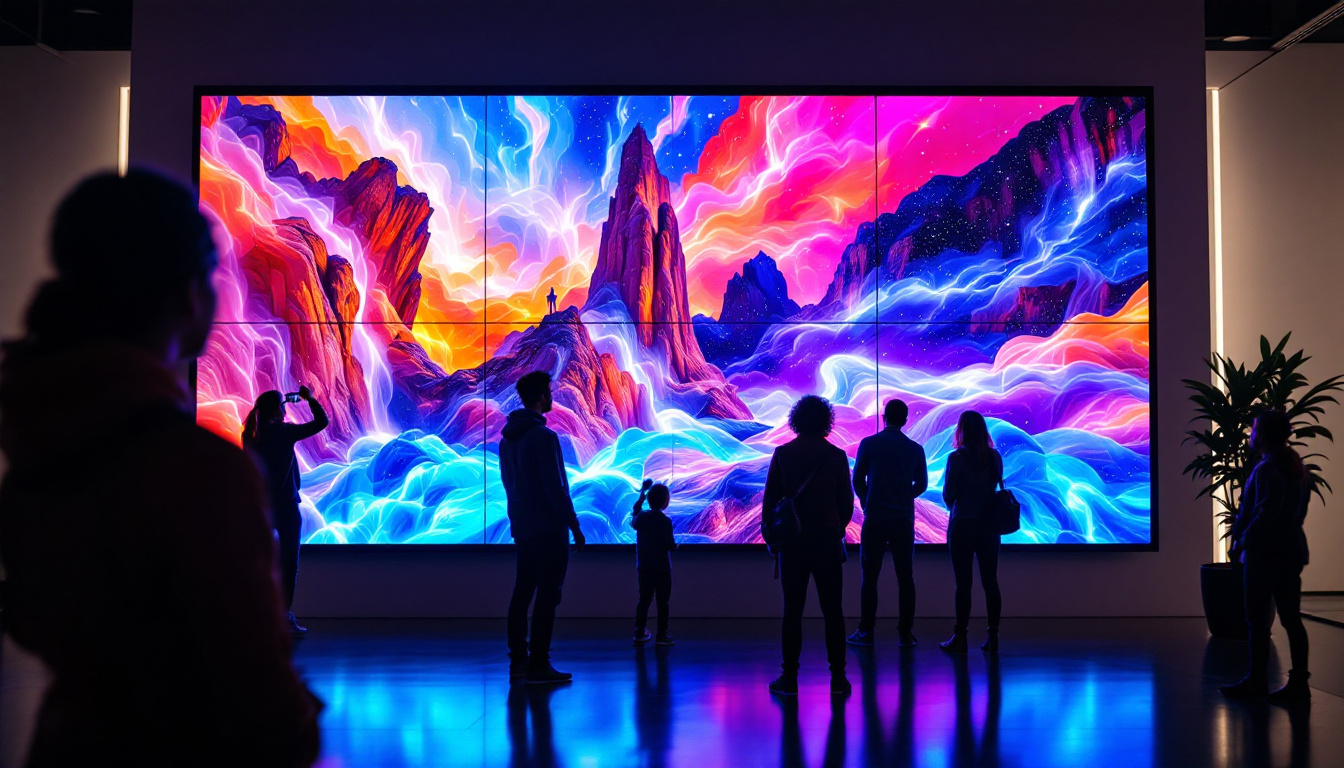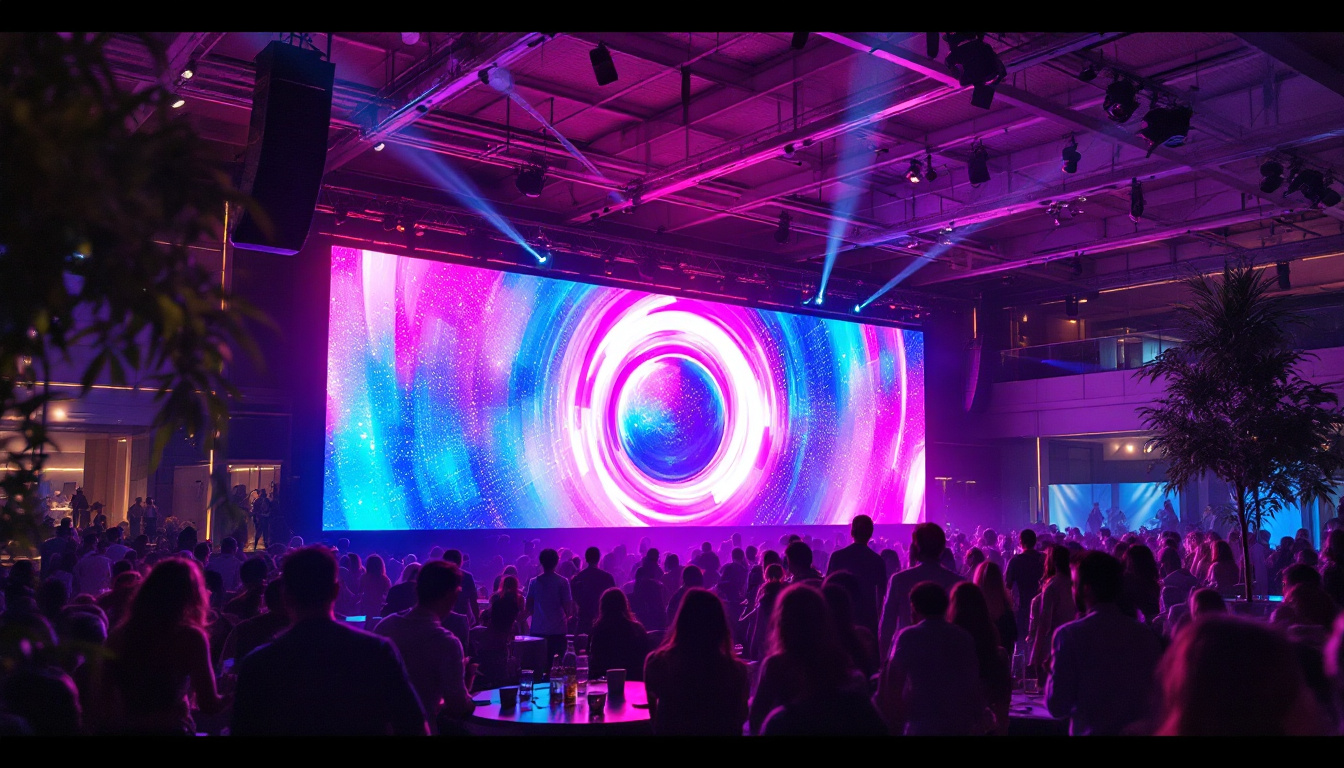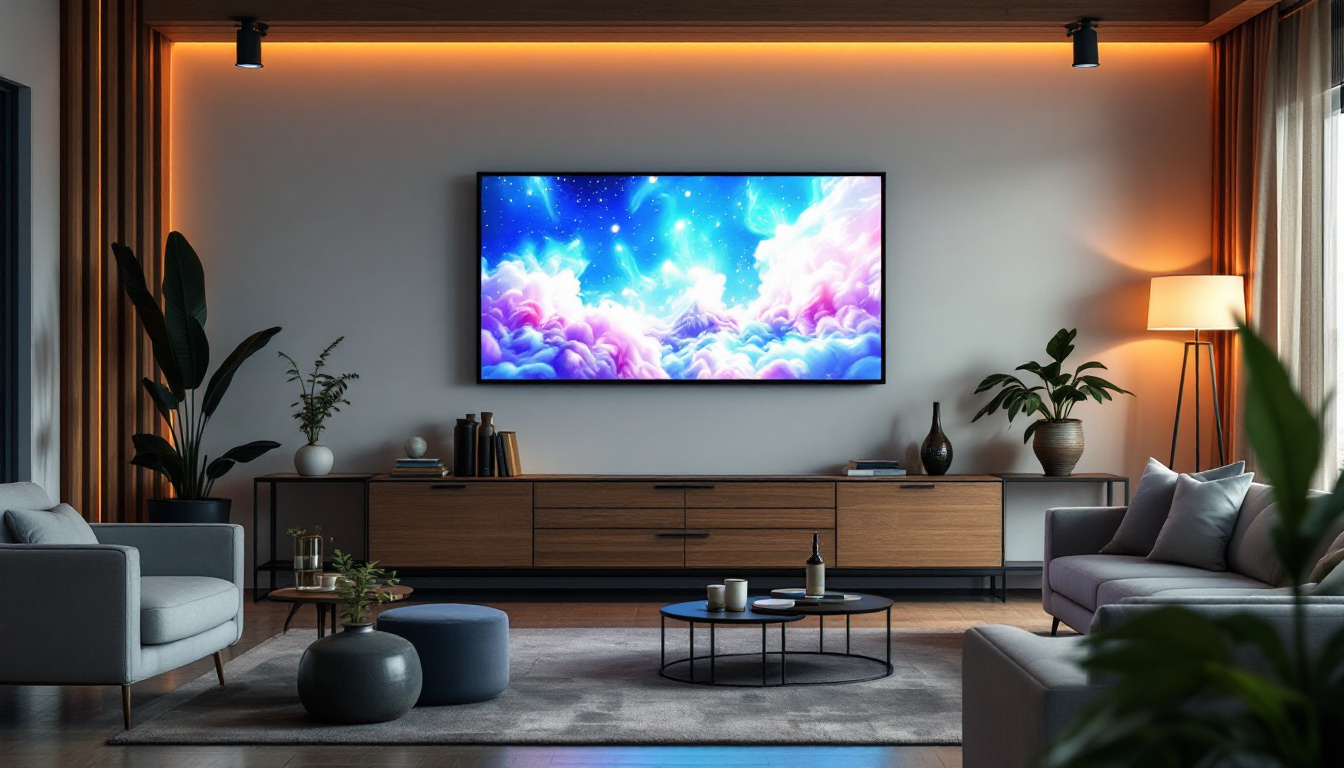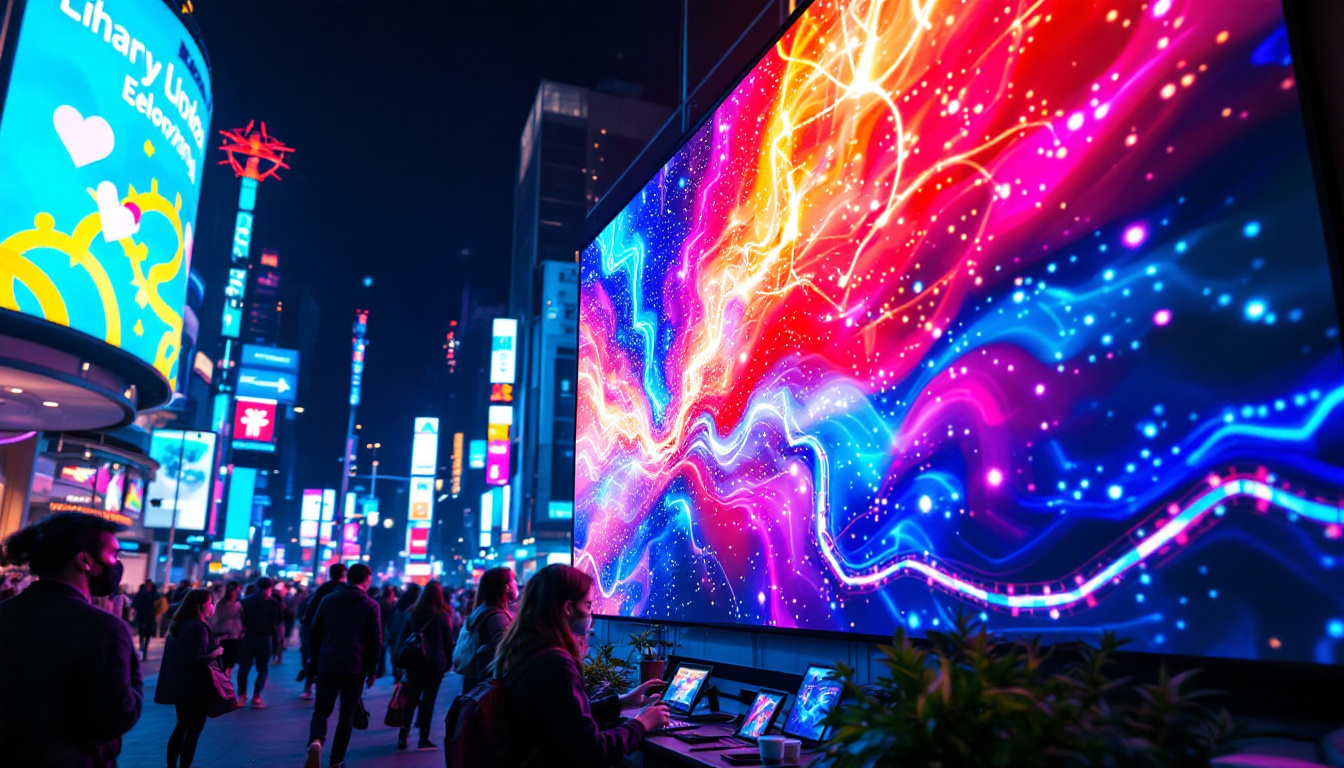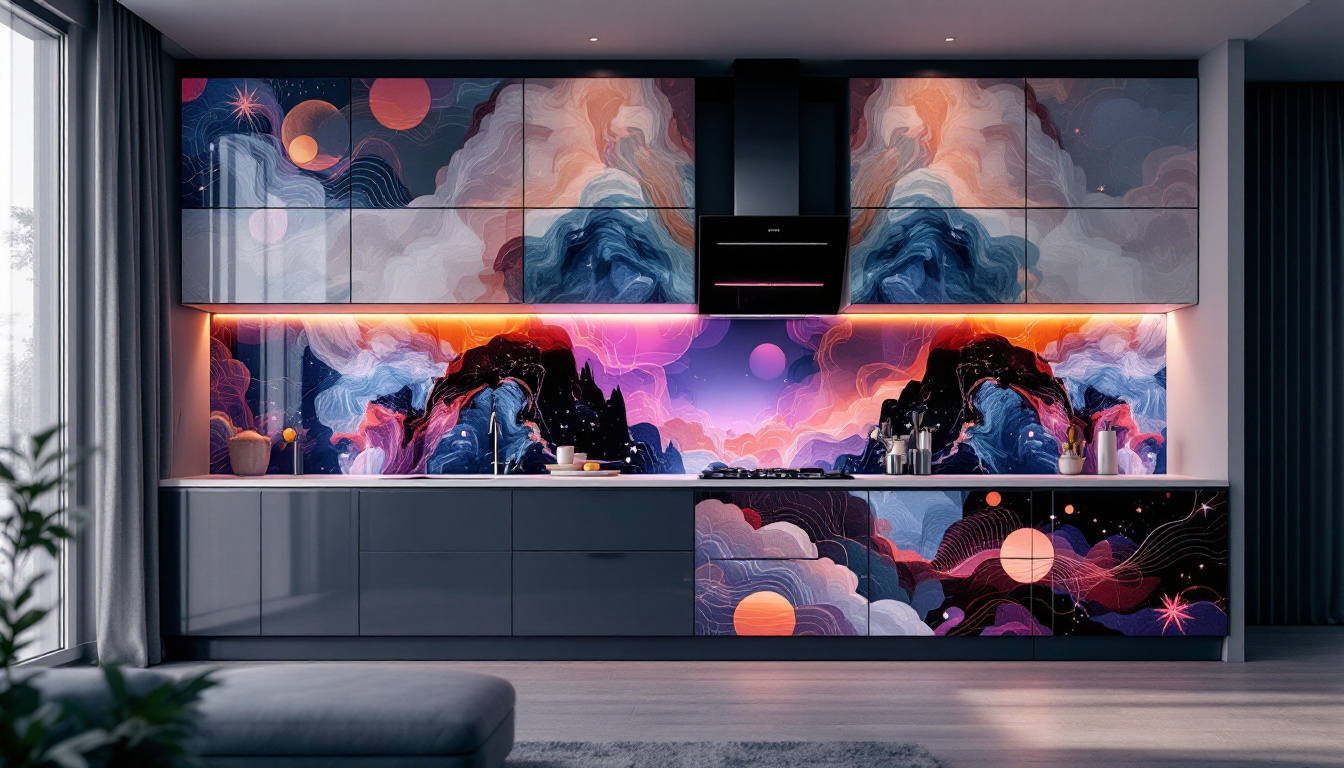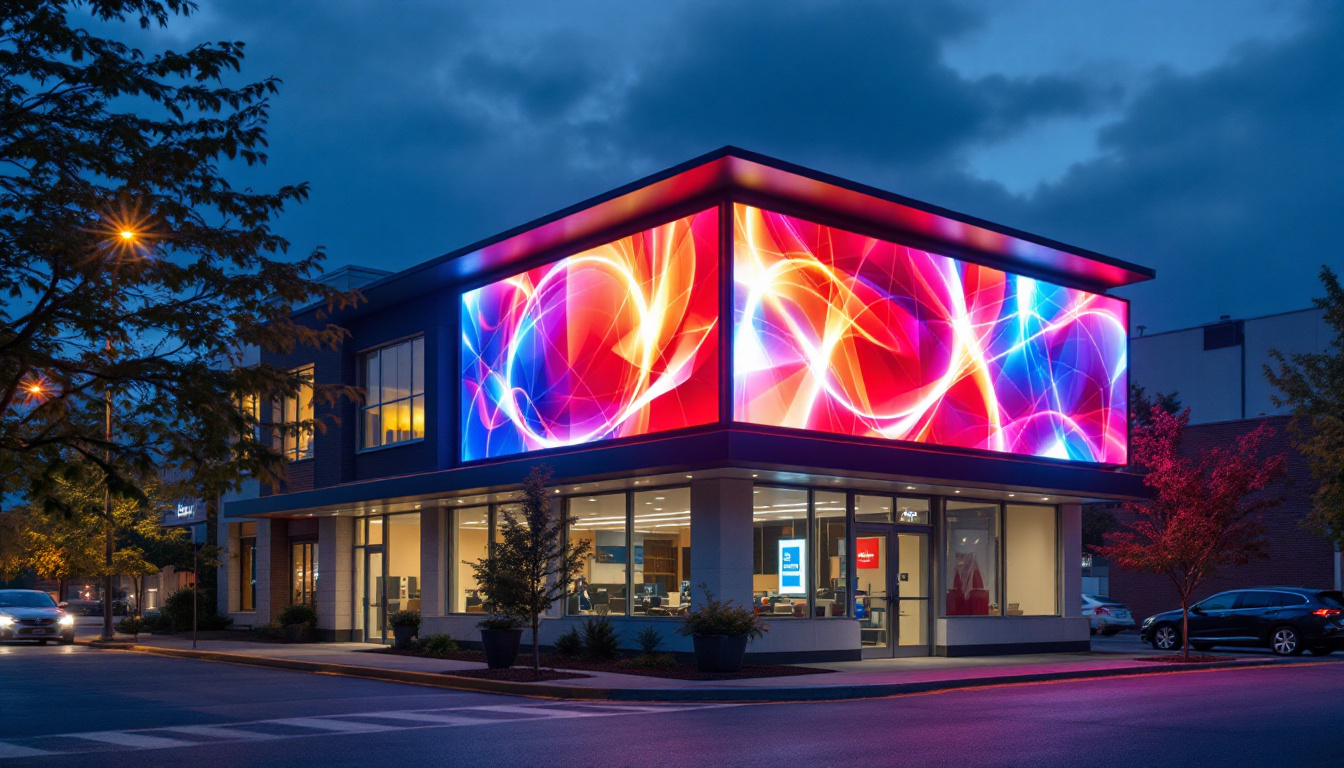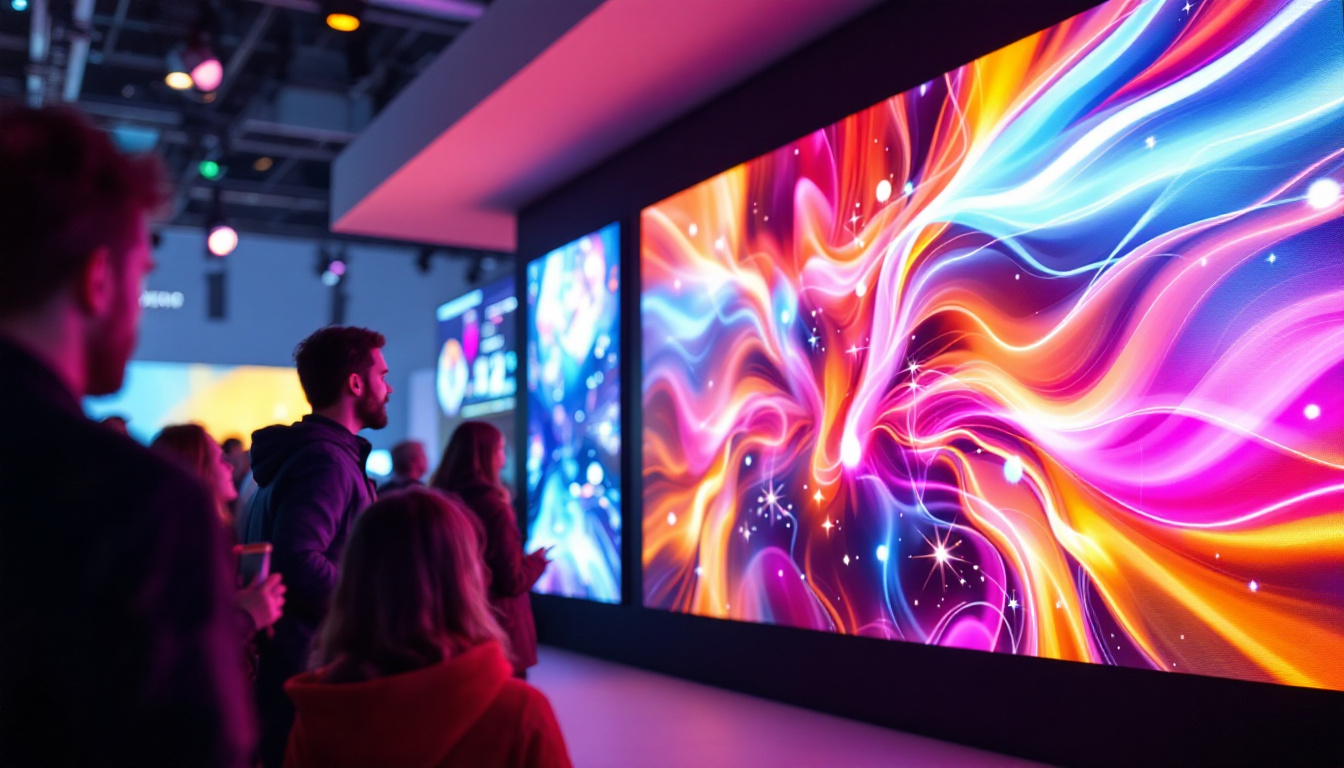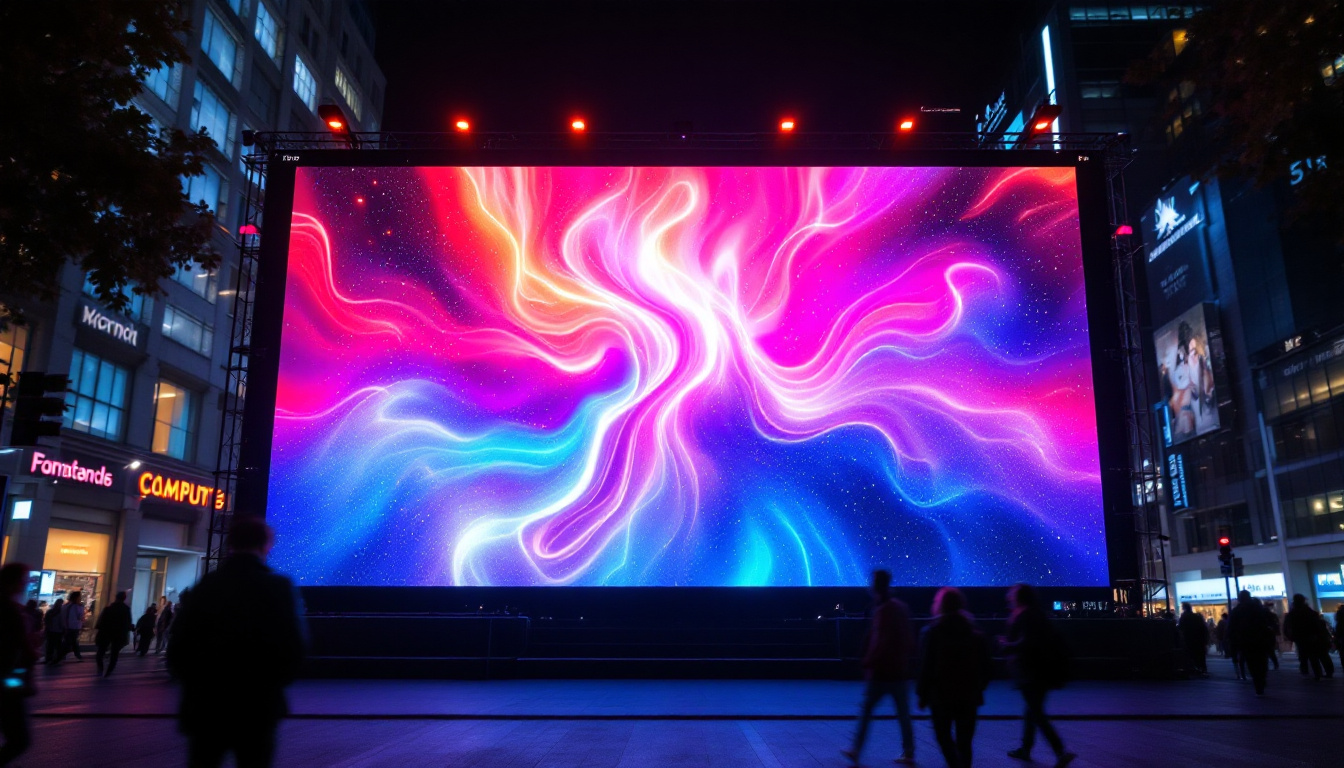In the realm of modern lighting technology, plasma lights and LED displays are two prominent contenders that have transformed the way we experience illumination and visual content. While both technologies serve distinct purposes, they share a common goal: to enhance our environments through innovative lighting solutions. This article delves into the intricacies of plasma lights and LED displays, exploring their functionalities, advantages, and applications.
Understanding Plasma Lights
Plasma lights are a unique form of lighting that harnesses the power of ionized gas to produce bright and efficient illumination. Unlike traditional incandescent bulbs, which rely on a filament, plasma lights utilize a plasma arc to generate light. This technology offers several advantages, making it a popular choice for various applications.
How Plasma Lights Work
The operation of plasma lights is based on the principle of ionization. When an electrical current passes through a gas, it creates a plasma state, where electrons are stripped from atoms, resulting in a mixture of ions and free electrons. This process emits a significant amount of light. Plasma lights can achieve high levels of brightness while consuming less energy compared to conventional lighting options.
In addition to their efficiency, the construction of plasma lights allows them to operate at high temperatures without compromising their functionality. This resilience makes them suitable for use in extreme environments, such as outdoor settings or industrial applications where traditional bulbs might fail. The ability to withstand harsh conditions further enhances their appeal across various sectors, from street lighting to manufacturing facilities.
Advantages of Plasma Lights
One of the primary benefits of plasma lights is their energy efficiency. They can produce more lumens per watt than traditional light sources, leading to lower energy bills and a reduced carbon footprint. Additionally, plasma lights have a longer lifespan, often lasting up to 50,000 hours, which minimizes the need for frequent replacements.
Another advantage is their ability to provide high-quality light. Plasma lights emit a broad spectrum of light, closely resembling natural daylight. This feature makes them ideal for applications requiring accurate color rendering, such as in art galleries, photography studios, and retail spaces. Furthermore, the uniformity of light distribution from plasma sources reduces shadows and enhances visibility, making environments safer and more appealing. This quality is particularly beneficial in settings where detailed work is performed, such as laboratories or workshops, where clarity and precision are paramount.
Moreover, plasma lights are increasingly being recognized for their environmental benefits. As cities and municipalities seek to reduce their energy consumption and greenhouse gas emissions, plasma lighting systems are being integrated into smart city initiatives. These systems can be connected to smart grids, allowing for real-time monitoring and adjustments based on usage patterns, further optimizing energy efficiency and resource management. This adaptability not only contributes to sustainability efforts but also paves the way for innovative lighting solutions in urban planning.
Exploring LED Displays
LED (Light Emitting Diode) displays have revolutionized the way visual content is presented. From televisions to large outdoor billboards, LED technology has become ubiquitous in our daily lives. The fundamental principle behind LED displays is the use of semiconductor materials that emit light when an electric current is applied.
Types of LED Displays
LED displays come in various types, each catering to specific needs and environments. The most common types include:
- Direct View LED Displays: These displays consist of individual LED modules that create images by directly emitting light. They are often used in outdoor advertising and large-scale events.
- LED Backlit Displays: Commonly found in televisions and computer monitors, these displays use LEDs to illuminate an LCD panel, enhancing brightness and contrast.
- OLED Displays: Organic Light Emitting Diode displays are a type of LED technology that offers superior color accuracy and contrast. Each pixel emits its own light, allowing for deeper blacks and vibrant colors.
Benefits of LED Displays
LED displays offer numerous advantages over traditional display technologies. They are energy-efficient, consuming significantly less power than older technologies like CRT or LCD. This efficiency translates to lower operational costs and a reduced environmental impact.
Moreover, LED displays provide exceptional brightness levels and contrast ratios, making them suitable for various lighting conditions. Whether in a dimly lit room or under bright sunlight, LED displays maintain clarity and vibrancy, ensuring that content is always visible.
In addition to their energy efficiency and brightness, LED displays are known for their longevity. With a lifespan that can exceed 50,000 hours, these displays reduce the frequency of replacements, thereby minimizing waste and further contributing to environmental sustainability. This durability makes them an ideal choice for both commercial and residential applications, where long-term investment is a key consideration.
Furthermore, the versatility of LED technology allows for innovative applications beyond traditional screens. For instance, flexible LED displays are emerging in the market, enabling creative installations that can bend and shape to fit unique spaces. This adaptability opens new avenues for artistic expression and dynamic advertising, transforming the way we experience visual media in both public and private settings.
Comparing Plasma Lights and LED Displays
While plasma lights and LED displays serve different purposes, a comparison of their characteristics can provide valuable insights for consumers and businesses alike. Understanding the differences can aid in making informed decisions based on specific needs.
Energy Efficiency
Both plasma lights and LED displays are known for their energy efficiency, but they excel in different areas. Plasma lights are particularly effective in providing high brightness levels with lower energy consumption, making them suitable for large spaces requiring intense illumination.
On the other hand, LED displays shine in their ability to deliver vibrant visuals with minimal power usage. Their efficiency is especially beneficial in applications where displays are on for extended periods, such as advertising and public information systems.
Longevity and Maintenance
Longevity is another critical factor to consider. Plasma lights typically have a lifespan of around 50,000 hours, while LED displays can last even longer, often exceeding 100,000 hours. This durability reduces maintenance efforts and costs over time, making both options appealing for long-term use.
However, when it comes to maintenance, LED displays generally require less upkeep. Plasma lights may need occasional cleaning and maintenance to ensure optimal performance, whereas LED displays are often designed to be low-maintenance, with many models featuring self-diagnostic capabilities.
Applications of Plasma Lights
Plasma lights find their niche in various applications, particularly where high-intensity lighting is required. Their unique characteristics make them suitable for specific environments.
Industrial and Commercial Use
In industrial settings, plasma lights are commonly used for warehouse lighting, manufacturing facilities, and outdoor workspaces. Their ability to provide bright, uniform light helps enhance visibility and safety in these environments.
In commercial applications, plasma lights are often utilized in retail spaces and showrooms to highlight products effectively. The high color rendering capabilities of plasma lights ensure that merchandise appears vibrant and appealing to customers.
Artistic and Creative Uses
Artists and designers also leverage plasma lights for creative projects. Their ability to produce a wide spectrum of light allows for unique lighting effects in installations and exhibitions. This versatility enables artists to experiment with different moods and atmospheres, enhancing the overall experience for viewers.
Applications of LED Displays
LED displays have become a staple in various industries, thanks to their versatility and effectiveness in conveying visual information. The applications of LED technology are vast and continually expanding.
Advertising and Marketing
One of the most prominent applications of LED displays is in advertising and marketing. Billboards, storefront displays, and digital signage utilize LED technology to capture attention and convey messages effectively. The dynamic nature of LED displays allows for changing content, making them an attractive option for businesses looking to engage customers.
Entertainment and Events
In the entertainment industry, LED displays play a crucial role in concerts, festivals, and sporting events. Large LED screens provide audiences with clear visuals, enhancing the overall experience. Additionally, LED technology is used in stage designs, allowing for creative lighting effects that complement performances.
Future Trends in Plasma Lights and LED Displays
As technology continues to evolve, both plasma lights and LED displays are poised for advancements that will further enhance their capabilities and applications.
Innovations in Plasma Technology
Future developments in plasma lighting may focus on improving efficiency and reducing production costs. Researchers are exploring new materials and designs that could lead to even brighter and more energy-efficient plasma lights. Additionally, advancements in control systems may allow for better integration with smart lighting solutions.
Advancements in LED Technology
LED technology is also experiencing rapid advancements. The emergence of MicroLED and MiniLED technologies promises to deliver even higher resolutions and improved color accuracy. These innovations will likely lead to more immersive experiences in various applications, from home entertainment to large-scale displays.
Furthermore, the integration of artificial intelligence and IoT (Internet of Things) capabilities into LED displays may enhance their functionality, allowing for smarter content management and personalized experiences for users.
Conclusion
In summary, plasma lights and LED displays represent two remarkable advancements in lighting and visual technology. While plasma lights excel in providing high-intensity illumination with excellent color rendering, LED displays offer versatility and energy efficiency for a wide range of applications.
Understanding the strengths and applications of each technology can help consumers and businesses make informed decisions when selecting lighting solutions or display technologies. As both fields continue to evolve, the future holds exciting possibilities that will further enhance our experiences with light and visuals.
Illuminate Your Space with LumenMatrix
As you consider the future of lighting and display technologies for your business or personal use, LumenMatrix stands at the forefront, ready to illuminate your space with our comprehensive range of LED display solutions. From the vibrant Indoor LED Wall Display to the dynamic Outdoor LED Wall Display, and from the mobile versatility of Vehicle LED Displays to the innovative LED Transparent Display, our mission is to revolutionize visual communication. Experience the transformative power of our LED displays and let LumenMatrix help you captivate audiences and communicate your message with unparalleled clarity. Check out LumenMatrix LED Display Solutions today and take the first step towards an illuminated future.





